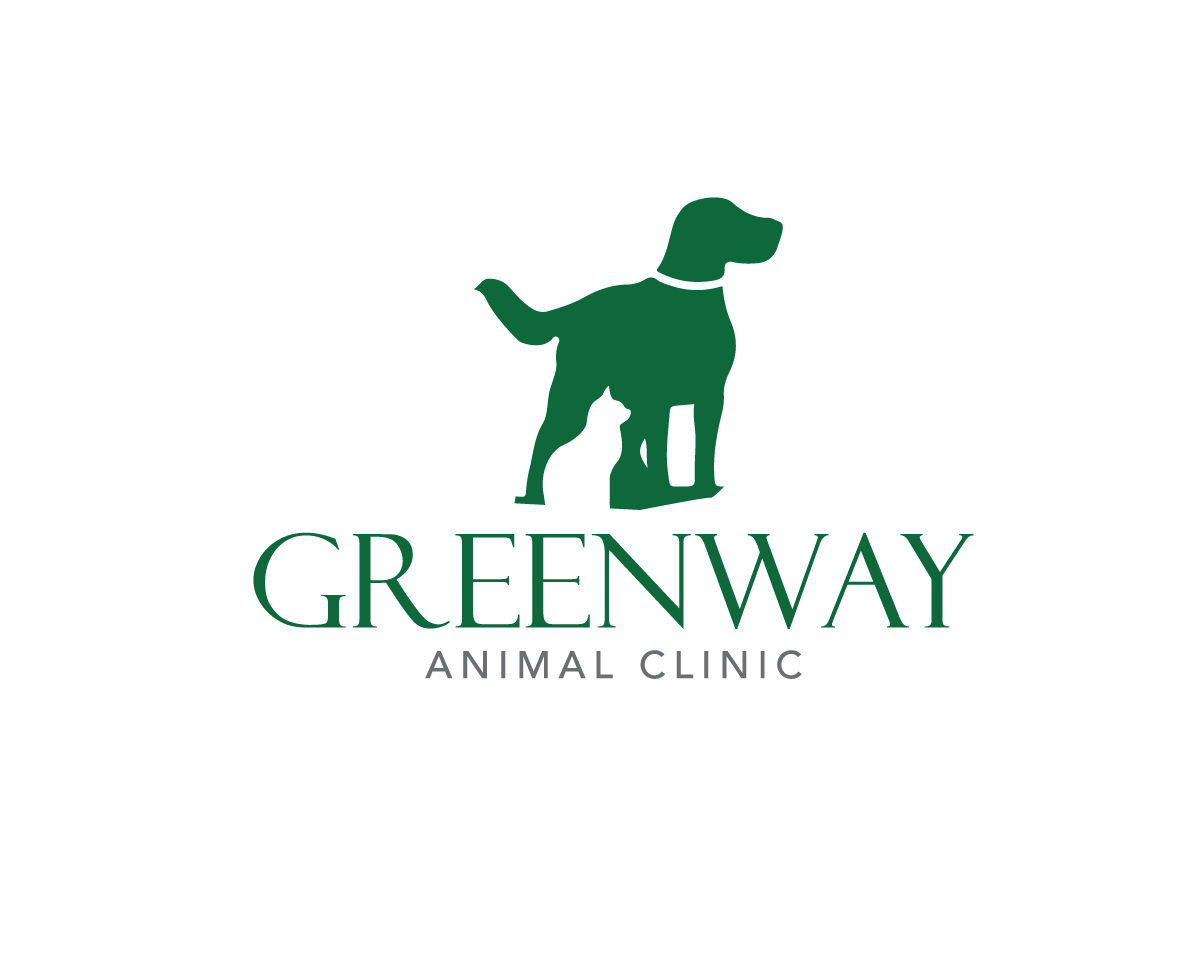Pet Health Library
-
Antibodies are specialised proteins (immunoglobulins) that circulate in the blood stream. They are produced by a white blood cell called a plasma cell.
-
Antiepileptics are used to help control seizures (fits) in dogs and cats. One type of medication may be used alone or with other medication.
-
Cats and dogs are attracted to the sweet taste of ethylene glycol. Many will voluntarily drink antifreeze if it is spilled or leaks on to garage floors or driveways and are more than ready to lick the product from contaminated paws and coats.
-
Antihistamines are useful for their antipruritic (anti-itch), anti-allergic and sedative effects. Your veterinarian may prescribe this medication to prevent itching in dogs and cats or for managing cats that excessively groom themselves.
-
An antioxidant is any substance that protects the body from free radical damage. There are natural antioxidants produced in the body to counter these free radicals, but antioxidant food supplements can also be administered to neutralize their damaging effects.
-
Natural pheromones are 'social odours' that are secreted by your pet. The smells are perceived by animals and communicate a message. Artificial pheromones are used to modify behaviour and should only be used in combination with behavioural modification techniques.
-
Artificial tears are tear substitutes used to moisten and lubricate the eyes when the animal's tear secretion has stopped or is reduced as in keratoconjunctivitis sicca (dry eye syndrome).
-
Aspirin (acetylsalicylic acid) is a non-steroidal anti-inflammatory drug used to treat mild to moderate pain, to reduce inflammation and to reduce fever.
-
Atropine eye drops are used to keep your pet's pupil open when there is inflammation within the eye. Atropine relieves muscle spasm and therefore pain in the eye.
-
A haematoma is a large blood blister which results from rupture of a small blood vessel with resulting haemorrhage between the skin and cartilage usually on the inner aspect of the ear.

